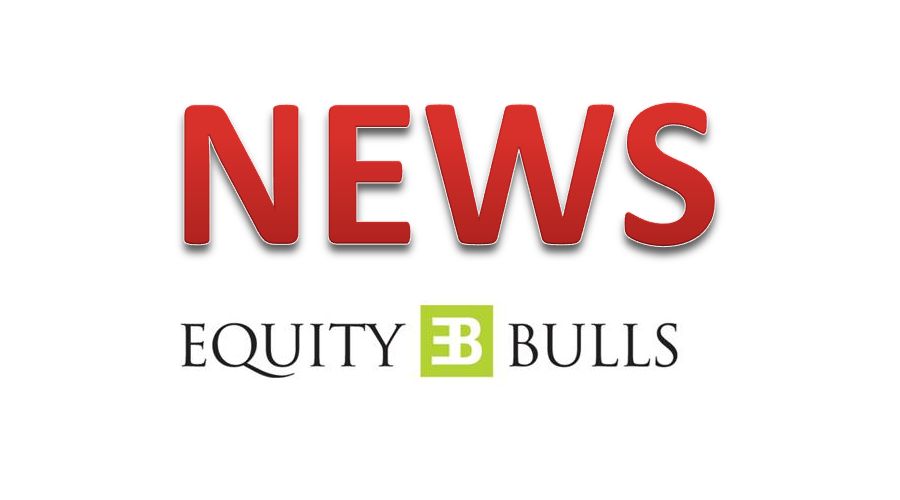 Jaro Education Renews Exclusive Partnership with Symbiosis International Deemed University
Jaro Education Renews Exclusive Partnership with Symbiosis International Deemed University Davin Sons Retail Ltd enters into rent agreement for warehouse
Davin Sons Retail Ltd enters into rent agreement for warehouse Bandhan Bank Ltd concludes sale of NPAs and written-off Portfolios to ARCs
Bandhan Bank Ltd concludes sale of NPAs and written-off Portfolios to ARCs Cupid Ltd to set up FMCG Manufacturing Facility in Saudi Arabia
Cupid Ltd to set up FMCG Manufacturing Facility in Saudi Arabia Astal Laboratories Ltd signs LOI with Immuna Therapeutics GmbH
Astal Laboratories Ltd signs LOI with Immuna Therapeutics GmbH
Industry News
Understanding the "Cash-Less" Nature of Government-Sponsored Health Insurance Schemes: Evidence From Rajiv Gandhi Jeevandayee Aarogya Yojana in Mumbai
Posted On : 2015-11-18 12:02:36( TIMEZONE : IST )

Summary & Key Findings
The public health spending in India has been hovering around 1% of gross domestic product (GDP), and it contributes only 28% of total health expenditure. Hence, out-of-pocket (OOP) payments continue to be the dominant source of health care financing in India. The latest is the Rajiv Gandhi Jeevandayee Arogya Yojana (RGJAY), launched by the Government of Maharashtra in 2012. This study is an attempt to assess the extent to which RGJAY protects the families from making OOP expenditure while availing the tertiary care from the RGJAY accredited facilities. Both primary and secondary data were utilized for this study.
Some Findings
- For the year 2014-2015, according to the RGJAYS, premium was paid for 21.9 million households. In other words, 85% of the population is currently covered by the scheme.
- Despite being enrolled in RGJAY, more than three fifths (63%) of the beneficiaries still incurred OOP payments for services when admitted in the hospital, and more worryingly, it was found that a significantly higher proportion of persons from Below Poverty Line (BPL) families (88.23%) reported paying for diagnostics, medications, or consumables
- In our sample, 61% of the beneficiaries accessed services from private hospitals and 39% from public hospitals
- In private hospitals, of those who availed services, 63% of them were orange ration card holders and only 37% were yellow ration card holders
- We observed a reverse trend in public hospital wherein 53% of the beneficiaries were yellow ration card holders and 47% were orange ration card holders
- Among the hospitalized cases, cardiac and cardiothoracic surgery and cardiology together accounted for 46% of the disease burden
- The OOP expenditure on diagnostics and medicines was quite substantial in absolute terms as well as a proportion of total OOP payments (39.2% and 38.7%, respectively)
